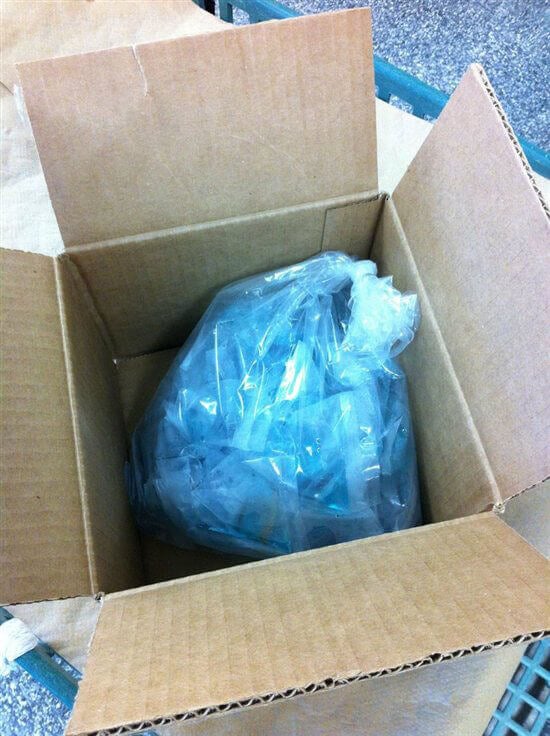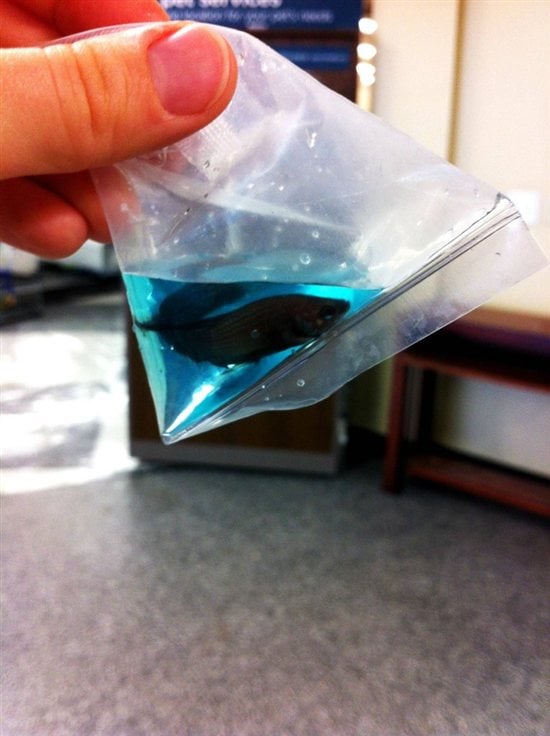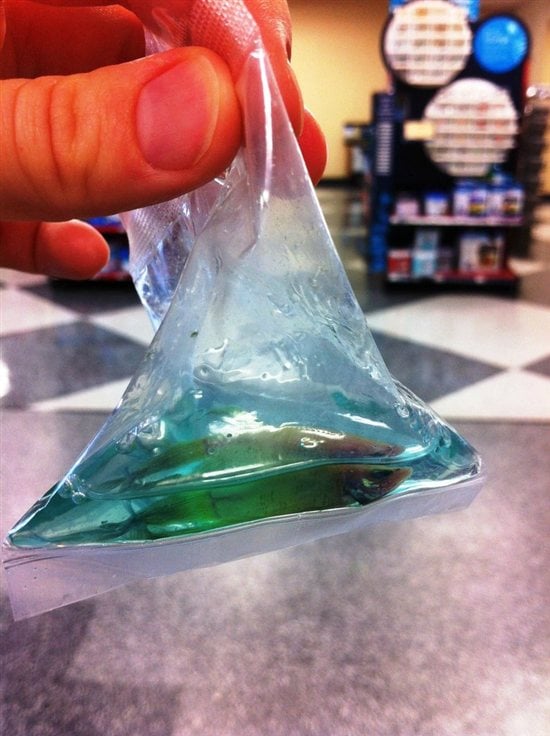WATCH: This Is Where Betta Fish Come From
Most fish are cruelly transported from dealers to pet stores in tiny, cramped bags and containers that bear no resemblance to their natural habitats. Because of this, their water often contains a blue-tinted tranquilizing agent meant to reduce their agitation while they’re jostled about in bumpy often days-long rides and hauled from one end of the country to the other. In 2006 and 2007, a PETA undercover investigation revealed similar practices.
Caring for Betta Fish
It’s a common misconception that betta fish can survive in tiny bowls or vases. In nature, bettas eat mostly insects and insect larvae, and they die slow, painful deaths from starvation if they are given only plant roots for food. Being kept in a vase with a plant also restricts their access to oxygen, which they take mainly from the surface of the water. It’s a myth that bettas must be housed singly—female bettas can be housed together, and male bettas can live with other species of fish.
What You Can Do
The best solution is to let fish live in peace in their wild homes and never to buy betta fish or support pet stores that sell them. If you already have fish, please check out our guide for caring for fish.




